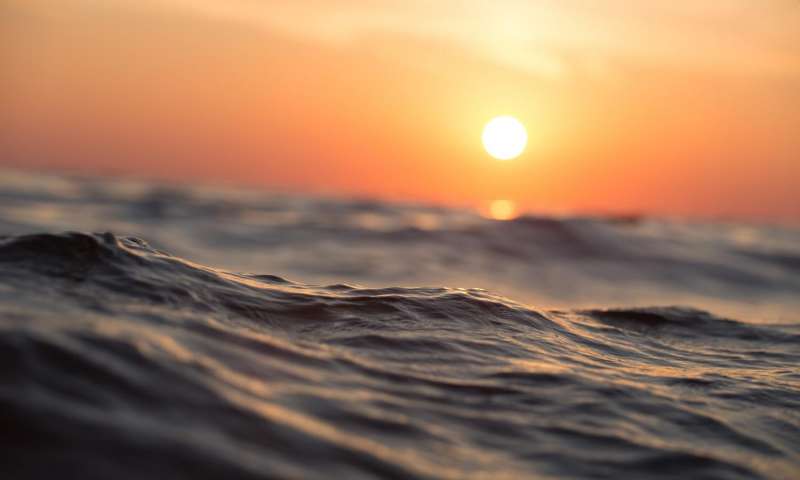BY JACKIE RYAN, JULY 19th 2018
Earlier this year, Cape Town made international headlines. Reports had been surfacing that the coastal city, which serves as South Africa’s legislative capital, was running out of water. Theewaterskloof, once Cape Town’s largest freshwater resource, was only at 12% of its regular capacity as of January 2018. Although officials instituted water bans and rations for almost 4 million people, there were concerns that the city could soon reach “Day Zero”, when the public water supply could be shut down indefinitely.
Water Scarcity
Unfortunately, Cape Town’s water crisis is not an exception but rather an international issue that is only getting worse. In the United Nations’ 2018 World Water Development Report, researchers found that almost half of the world’s population, 3.6 billion people, deals with water scarcity at least once a month. They also projected that this number is expected to jump to about 5 to 6 billion people by 2050.
Several factors are being attributed to the growing water crisis that is affecting communities around the world, but one that may have the greatest influence is climate change. A 2016 study determined that droughts could increase in intensity and duration as a result of warming global temperatures. Researchers discovered that “megadroughts” in Southwestern America are between 70 and 90 percent more likely to occur by 2100. Evidence of this can be found with the Colorado River, which experienced its driest period in 100 years from 2000-2016. By October of this year, the reservoirs that feed into the river will be at less than half their full capacity, with levels decreasing to 44 percent by spring 2019.
Outside of the US, researchers from around the world reported that areas of high drought probability would double from 13 percent to 26 percent in Europe if global temperatures increased by 3 degrees. In Eastern African countries, drought frequency has also risen in the last 30 years, with seasonal rains providing much less relief from droughts than in the past.
Desalination
With freshwater sources drying up, people are turning to the ocean as a water source. While seawater on its own can be harmful to consume, desalinated water, or water that is purified and loses its salt content, is much safer. Two primary mechanisms for desalination are multi-stage distillation and reverse osmosis filtration. With distillation, salt water is converted into steam by a heat source. The steam then enters a cold chamber and condenses back into water. For reverse osmosis, water passes through a mesh, which filters salt and other minerals. The freshwater is often disinfected further to ensure that it is safe to consume.
Powered by the sun
While desalination devices have reportedly been around for centuries, one of the main concerns of this technology is its high energy use. Energy consumption accounts for about 50-60% of the total cost of a seawater desalination machine. The amount of energy needed to provide fresh water for a single household is equivalent to the energy needed to power a modern refrigerator. Brackish water, which is a mixture of fresh and saltwater, uses up roughly 10-30% energy to desalinate in comparison.
Since desalination can be energy-intensive, which could also mean a heavy reliance on fossil fuels, companies have begun to devise desalination plants that are powered by solar panels. GivePower, a nonprofit based in California, created a low-cost system that is providing the Biliqo-Bulesa Community Conservancy in Kenya with fresh water. Using local well water, the desalination device desalinates roughly 211 gallons, or 800 liters, of water a day. The United States has also begun to rely on this technology, recently commissioning a national grant to fund 14 projects that will explore solar powered desalination. Bahman Abbasi, an Oregon State University professor, was awarded $2 million of the grant to create a portable desalination system that can be transported to areas where freshwater is scarce or inaccessible. This year, Hawaii has also announced the Hawaii SunShot Desal Project, which will connect a local solar array with a desalination plant that provides about 130,000 gallons of water daily to the island.
A way forward
While desalination could undoubtedly lift a burden that many water-stressed communities and countries are facing, efforts should still be made to conserve and distribute what natural freshwater sources we have left. This has become increasingly difficult with the privatization of water. Just last year, Nestlé came under fire for sourcing its Arrowhead bottled water from natural springs that run through the San Bernardino Mountains and other sites in California. From 2012 to 2015, California had experienced the worst drought conditions in the state’s recorded history, leading to the deaths of over 102 million trees by 2016. Protesters were critical of Nestlé because the company was collecting roughly 30 million gallons a year from the state’s freshwater springs to bottle up and sell for profit. General conflicts over water have also arisen in places like Nigeria, where insufficient access has turned communities against one another. In 2018 alone, about 500 people were reported to have been killed due to water-related disputes.
Solar desalination may not be a perfect solution, especially for states or countries that reside further inland and do not have the same access to the coast, but these machines do present an opportunity to tap into an underutilized resource through independent, renewable power. As technology develops and costs decrease, more communities like Cape Town can turn to solar desalination to provide their citizens with freshwater they can rely on.
 JACKIE RYAN COMMUNICATIONS FELLOW
JACKIE RYAN COMMUNICATIONS FELLOW









